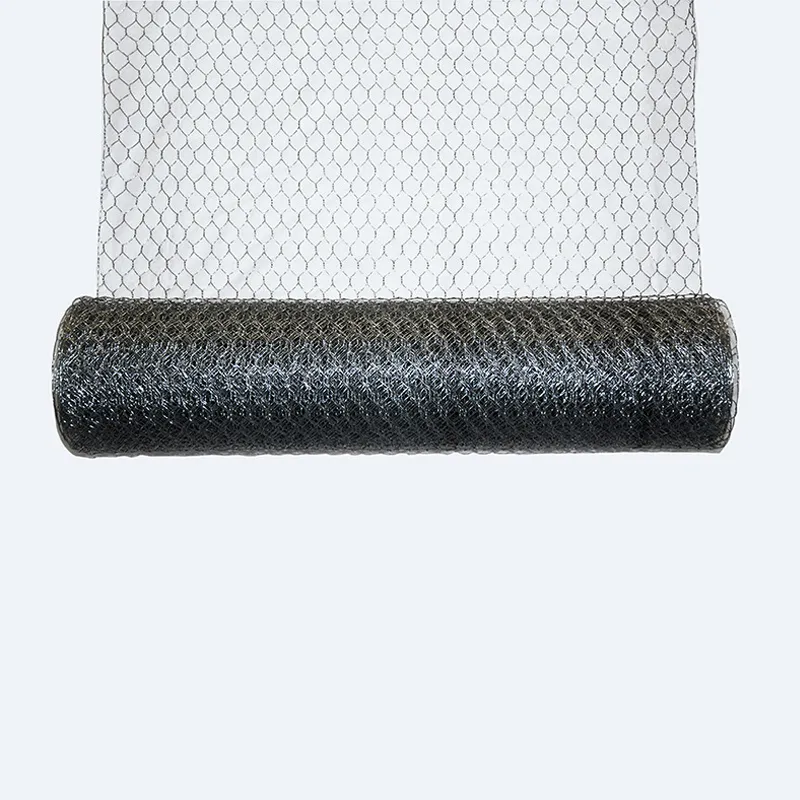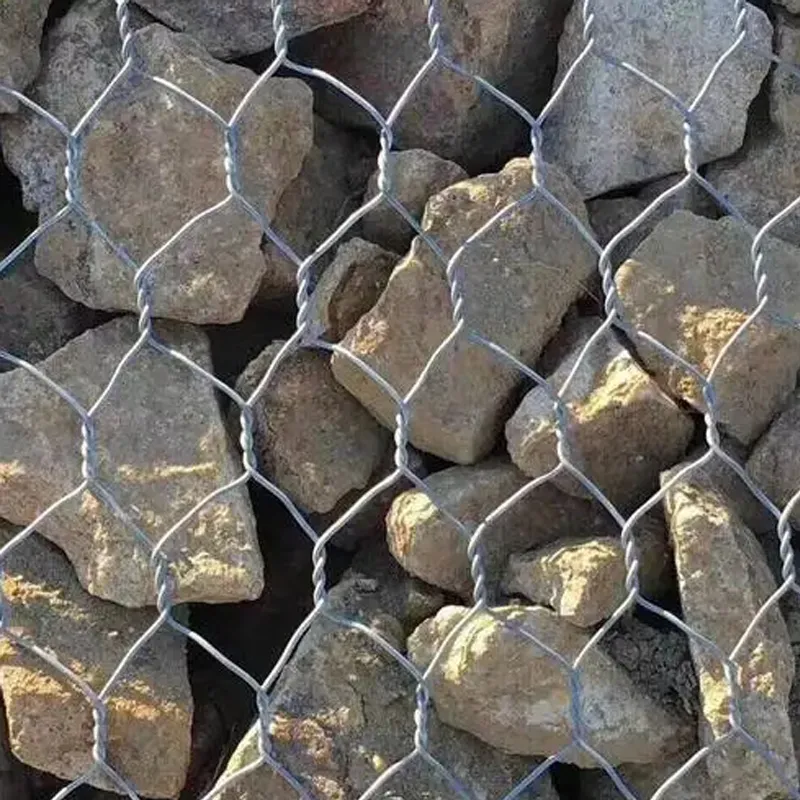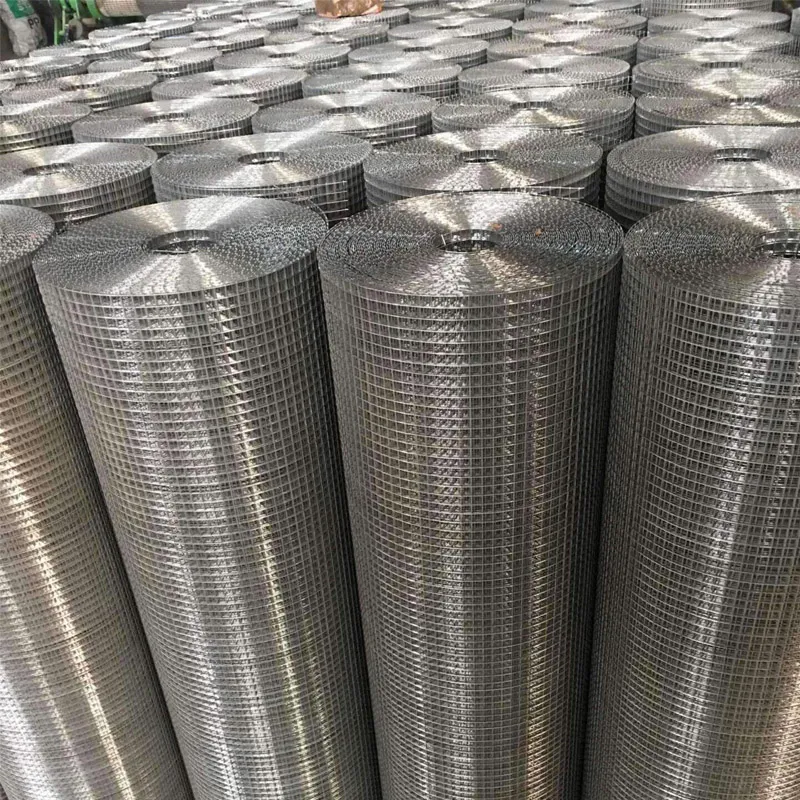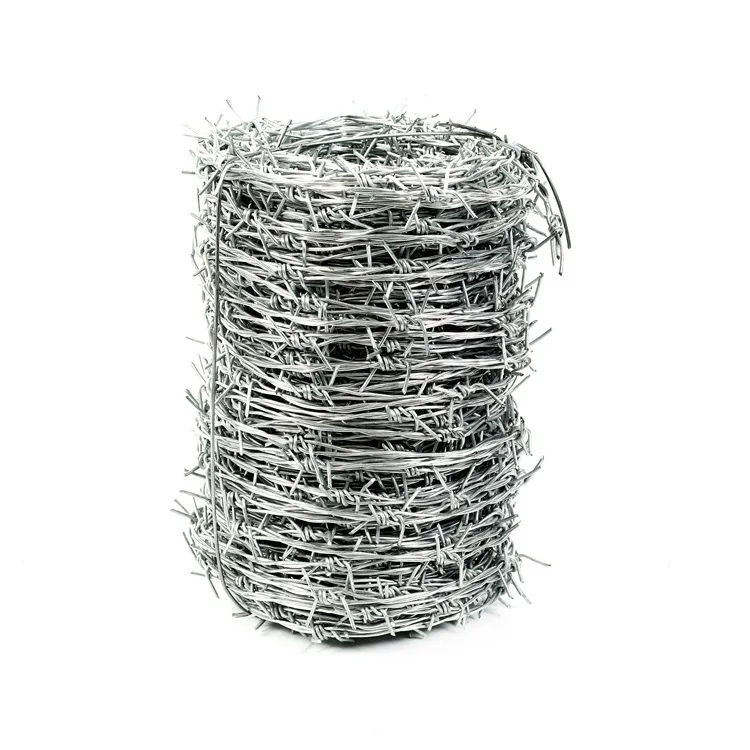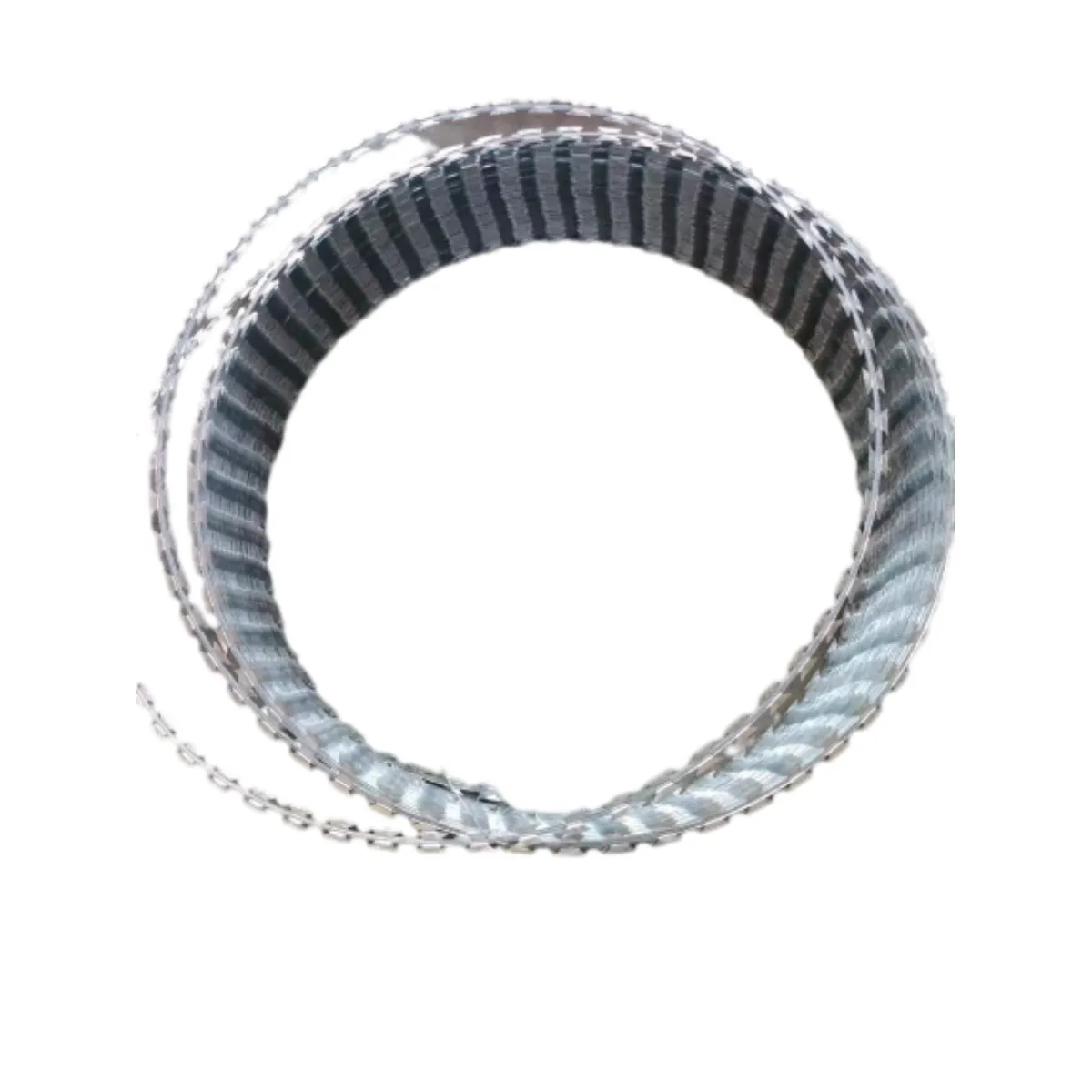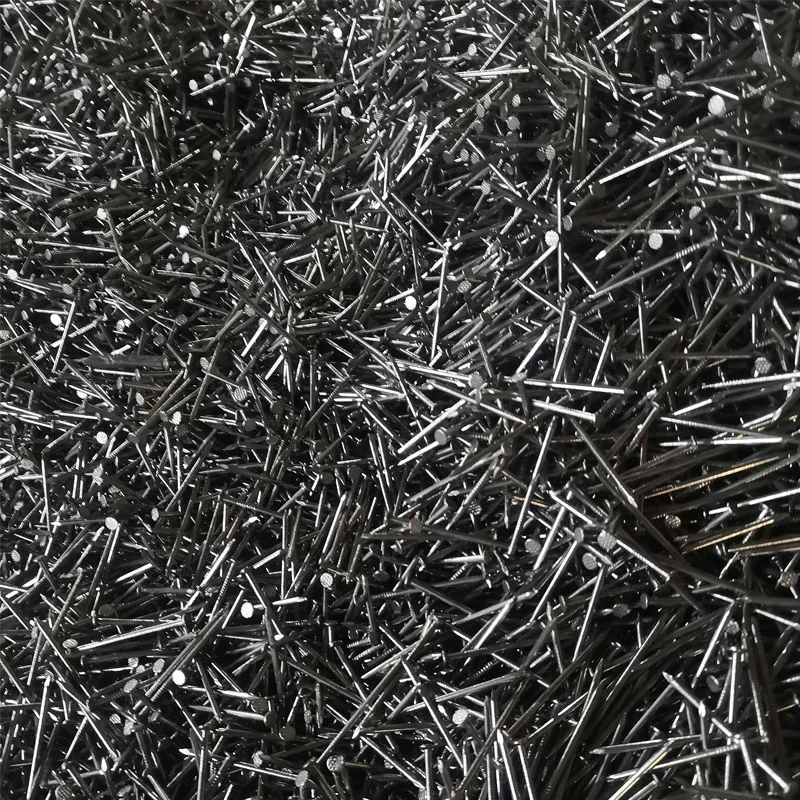Oct . 06, 2025 10:45 Back to list
Barbed Wire Mesh for High-Security Fencing—Why Choose It?
Barbed Wire That Works Harder: Field Notes, Specs, and Real-World Lessons
If you manage perimeters, choosing barbed wire mesh is more than a line item—it’s downtime avoided, theft deterred, and budgets respected. I’ve walked dusty farm tracks and refinery fence lines where a small improvement in tensile strength or zinc weight made a surprisingly big difference.
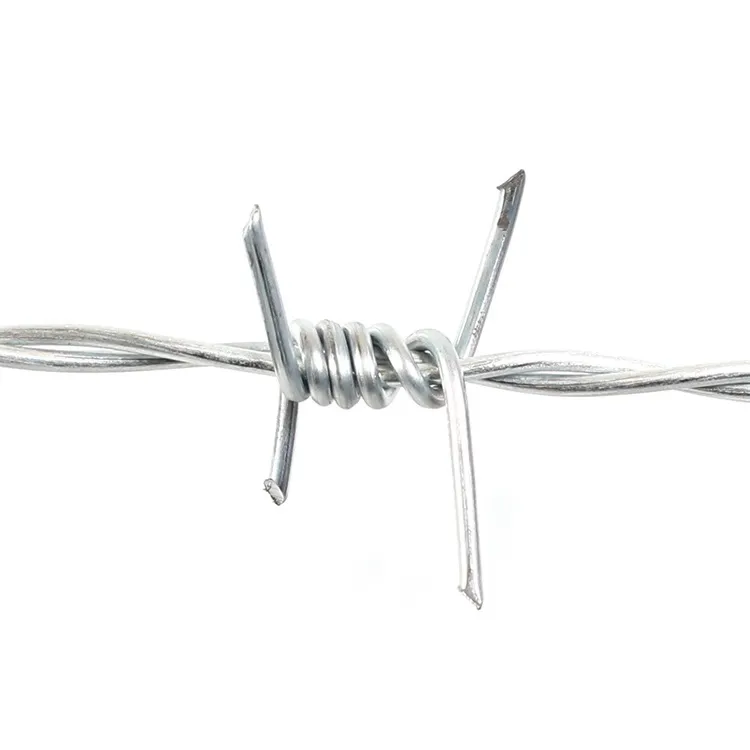
What’s trending (and why it matters)
Three things I keep hearing from buyers: higher zinc coatings, faster installs, and cleaner aesthetics. Coatings—electro vs. hot-dip—are getting scrutinized, and plastic-coated options (blue/green/yellow) are gaining traction near schools, parks, and logistics hubs. To be honest, color coding for zones is one of those simple ideas that operators love.
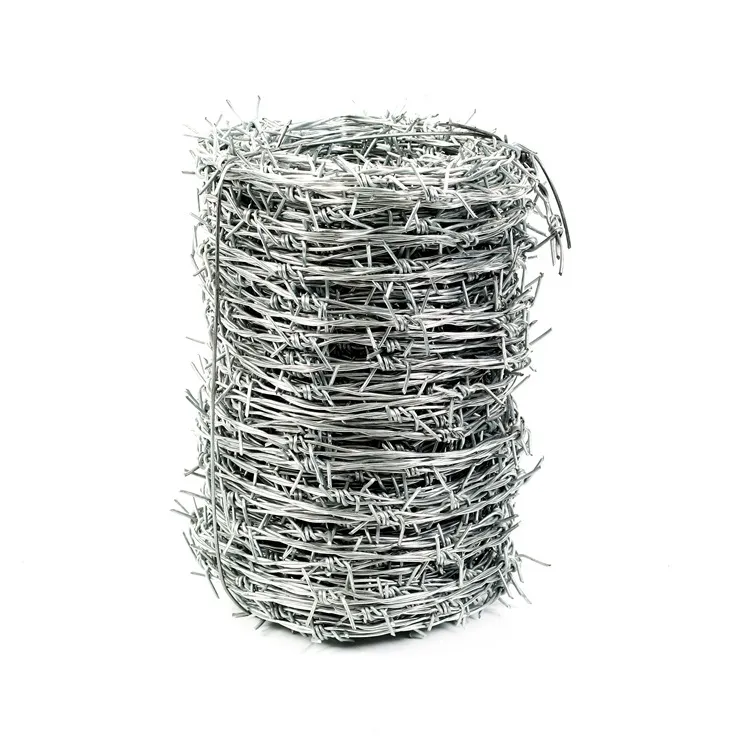
Core specs (quick but not too quick)
Product name: Barbed Wire. Types: single-wire twisting and double-wire twisting. Raw material: high-quality low-carbon steel wire. Surface treatment: electro-galvanizing, hot-dip galvanizing, plastic coating, plastic spraying. Colors available: blue, green, yellow, and more.
| Parameter | Typical Range | Notes (≈ real-world) |
|---|---|---|
| Core wire diameter | 1.7–2.8 mm | Heavier core → better span; watch post spacing |
| Barb wire diameter | 1.5–2.2 mm | Sharper hold with 2.0 mm+ |
| Barb spacing | 75–150 mm | Closer spacing for high-security sites |
| Zinc coating | 60–240 g/m² | Hot-dip > electro for longevity |
| Tensile strength | ≈ 380–550 MPa | Field tests vary with temperature |
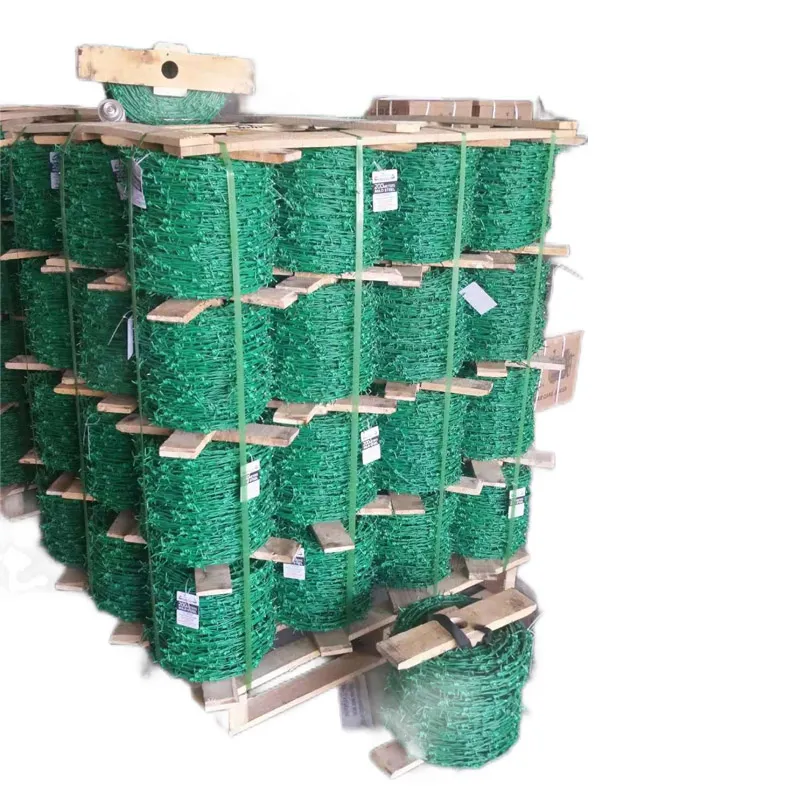
How it’s made (and tested)
- Materials: low-carbon steel coil, verified for chemistry and diameter tolerance (micrometer and weight checks).
- Methods: drawing → annealing → twisting (single/double) → barb forming → coating (electro, hot-dip, or plastic).
- Testing standards: zinc per ASTM A121/A641; hot-dip per ISO 1461; tensile tests; adhesion and bend tests; optional salt spray per ASTM B117.
- Service life: ≈ 5–10 years electro, 10–20 years hot-dip (coastal sites skew lower), 8–15 years plastic-coated.
- Industries: agriculture, oil & gas, power substations, logistics parks, prisons (subject to local law), wildlife corridors (with caution).

Where it shines
- Perimeter retrofits on existing chain-link or palisade fences.
- Rural property lines where livestock pressure is… unpredictable.
- Temporary yards—fast install, quicker demobilization.
Many customers say barbed wire mesh pays for itself after the first prevented breach. I guess that’s the point.

Vendor snapshot (compare at a glance)
| Vendor | Standards & Coating | Lead Time / MOQ | Notes |
|---|---|---|---|
| Yiszhe (Origin: Business building Tongxiang, Shijiazhuang, Hebei) | ASTM A121, ISO 1461; electro, hot-dip, plastic | 10–20 days / ≈ 2 tons | Color options (blue/green/yellow), QC photos provided |
| Vendor B | EN 10223-1; electro focus | 20–30 days / ≈ 3 tons | Budget lines; lighter zinc weight |
| Vendor C | ASTM A641; hot-dip only | 15–25 days / ≈ 1.5 tons | Good for coastal, higher price point |
Customization and install tips
- Choose barb spacing 75–100 mm for high-risk zones; 125–150 mm for agriculture.
- Plastic-coated barbed wire mesh reduces glare and blends with landscaping.
- Test pull at corner posts (≥ 1 kN recommended) before full tensioning.

Case notes (short and honest)
Logistics park, Ningbo: swapped electro-galv for hot-dip; repairs dropped by ~40% year-on-year. Security team said patrol calls were “noticeably calmer.”
Cattle ranch, Queensland: double-wire twist with 100 mm barb spacing held up in storm season; minor rusting at cut ends only—addressed by on-site cold galvanizing spray.
Certifications and proof
Look for mill certs, zinc weight reports, and tensile test sheets. A quick salt-spray data point (e.g., 120–240 h, ASTM B117) gives a decent reliability signal, though real weather is messier.
References
- ASTM A121/A121M – Zinc-Coated (Galvanized) Steel Barbed Wire
- EN 10223-1 – Steel wire and wire products for fences
- ISO 1461 – Hot dip galvanized coatings on fabricated iron and steel articles
- ASTM B117 – Standard Practice for Operating Salt Spray (Fog) Apparatus
-
Pre Cut Wire - Straightened, Deburred, Custom Lengths
NewsNov.17,2025
-
Binding Wire for Sale - Durable, Rust-Resistant, Bulk Deals
NewsNov.17,2025
-
Field Fencing for Horses – Safe, Durable, Easy Install
NewsNov.17,2025
-
Euro Fence Factory: Durable, Custom Euro Style Fences
NewsNov.17,2025
-
Euro Fence Factory: Durable OEM Panels, Direct Pricing
NewsNov.17,2025
-
Chain Link Fence Suppliers | Galvanized, Factory-Direct
NewsNov.11,2025


